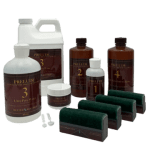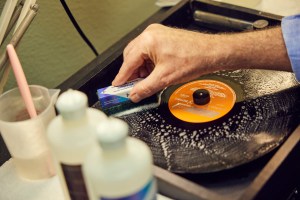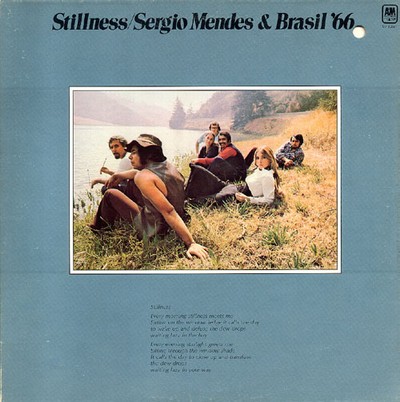 More of the Music of Jethro Tull
More of the Music of Jethro Tull
Reviews and Commentaries for Thick as a Brick
From 2009 to 2010 this was our single go-to record for testing and tweaking our system.
Although we now use an amazing copy of Bob and Ray (the big band version of The Song of the Volga Boatmen located therein has to be one of the toughest tests we know of), we could easily go back to using TAAB.
Artificiality is the single greatest problem that every serious audiophile must guard against with every change and tweak to his stereo. cleaning system, room, electricity and everything else.
Since TAAB is absolutely ruthless at exposing the slightest hint of artificiality in the sound of the system, it is clearly one of the best recordings one can use to test and tune with. Here are just some of the reasons this was one of our favorite test records back in the day:
Dynamics
The better copies are shockingly dynamic. At about the three minute mark the band joins in the fun and really starts rocking. Set your volume for as loud as your system can play that section. The rest of the music, including the very quietest parts, will then play correctly for all of side one. For side two the same volume setting should be fine.
Bass
The recording can have exceptionally solid, deep punchy bass (just check out Barrie “Barriemore” Barlow’s drumming, especially his kick and floor toms. The guy is on fire).
Midrange
The midrange is usually transparent and the top end sweet and extended on the better pressings.
Tubey Magic
The recording was made in 1972, so there’s still plenty of Tubey Magic to be heard on the acoustic guitars and flutes.
Size and Space
The best copies can be as huge, wide and tall as any rock record you’ve ever heard, with sound that comes jumping out of your speakers right into your listening room.
Tonality
Unlike practically any album recorded during the 80s or later, the overall tonal balance, as well as the timbre of virtually every instrument in the soundfield, is correct on the best copies.
Gone, Gone, Gone
That kind of accuracy practically disappeared from records about thirty years ago, which explains why so many of the LPs we offer as Hot Stampers were produced in the 70s. That’s when many of the highest fidelity recordings were made. In truth this very record is a superlative example of the sound the best producers, engineers, and studios were able to capture on analog tape during that time.
Which is a long way of saying that the better copies of Thick As A Brick have pretty much everything that we love about vinyl here at Better Records.
Furthermore, I can guarantee you there is no CD on the planet that will ever be able to do this recording justice. Our Hot Stamper pressings – even the lowest-graded ones – have a kind of analog magic that just can’t be captured on one of them there silvery discs.
Want to find your own top quality copy of this Jethro Tull classic?
Consider taking our moderately helpful advice concerning the pressings that tend to win our shootouts.
In our experience, this record sounds best this way:


 Tea for the Tillerman on UHQR
Tea for the Tillerman on UHQR One of our good customers has a blog which he calls
One of our good customers has a blog which he calls Prelude Record Cleaning System Available Now
Prelude Record Cleaning System Available Now

 More from Robert Brook
More from Robert Brook